Let’s take a look at some of the least popular Doctor Who serials from DWM‘s 60th anniversary fan survey. What is there to love in these unloved adventures?
Orphan 55
The 5.38 million viewers who tuned into the first of our Doctor Who serials may forever have the words “Benni!” ringing in their ears, but behind the hysterics is a very interesting idea: what affect could climate change ultimately have on our planet?

‘Orphan 55’ is thought-provoking if nothing else, and highly relevant for the time we live in. Viewers may have baulked at the none-too-subtle moralising and the Doctor’s grand, somewhat fourth-wall breaking speech at the story’s conclusion, but one could argue that a drama that makes its audience uncomfortable is doing its job. You decide!
In the Forest of the Night
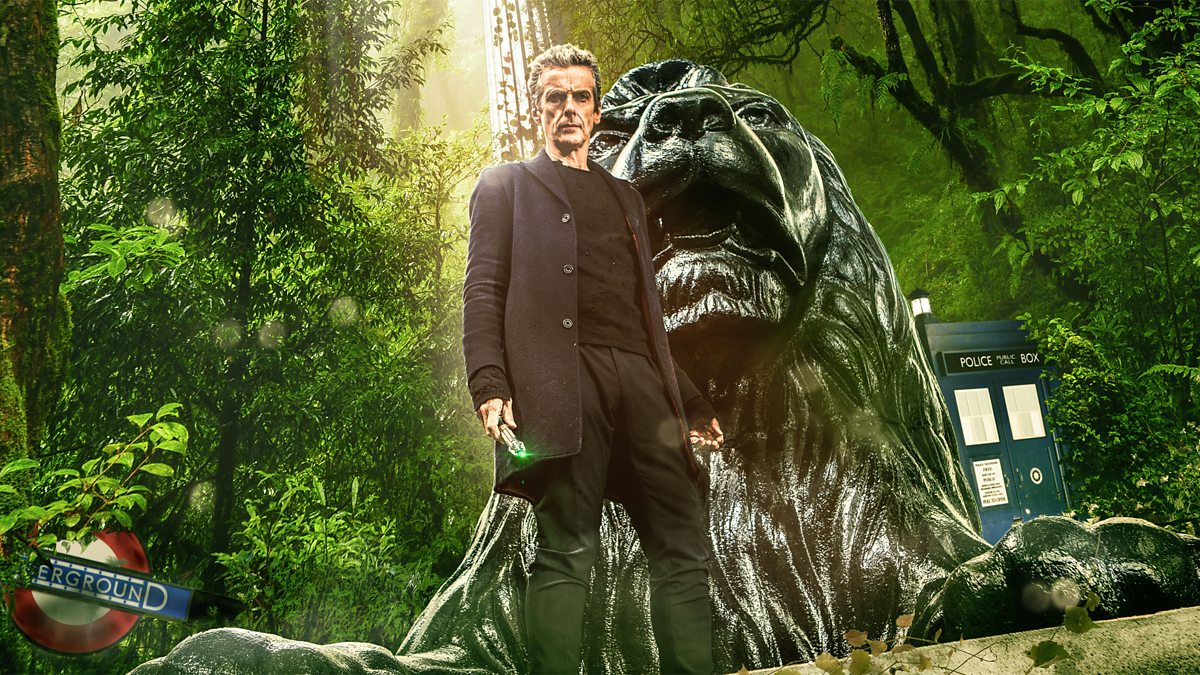
Very few Doctor Who serials compare to ‘In the Forest of the Night.’ It’s a novel idea and one that’s never really been done before – impressive for a series which (in 2014) was well into its 51st year.
The next of our Doctor Who serials sees the inhabitants of planet Earth waking up to find that the whole world has been consumed by trees, all of which resist the humans’ attempts to burn them down. But why are the trees there? And how did they appear so quickly?
Even if ‘In the Forest of the Night’ doesn’t float your boat on a story level, there’s no denying the strength of its visual aesthetic. This adventure really is stunning to look at, and the production team did a great job creating a woodland London.
The Doctor, the Widow and the Wardrobe
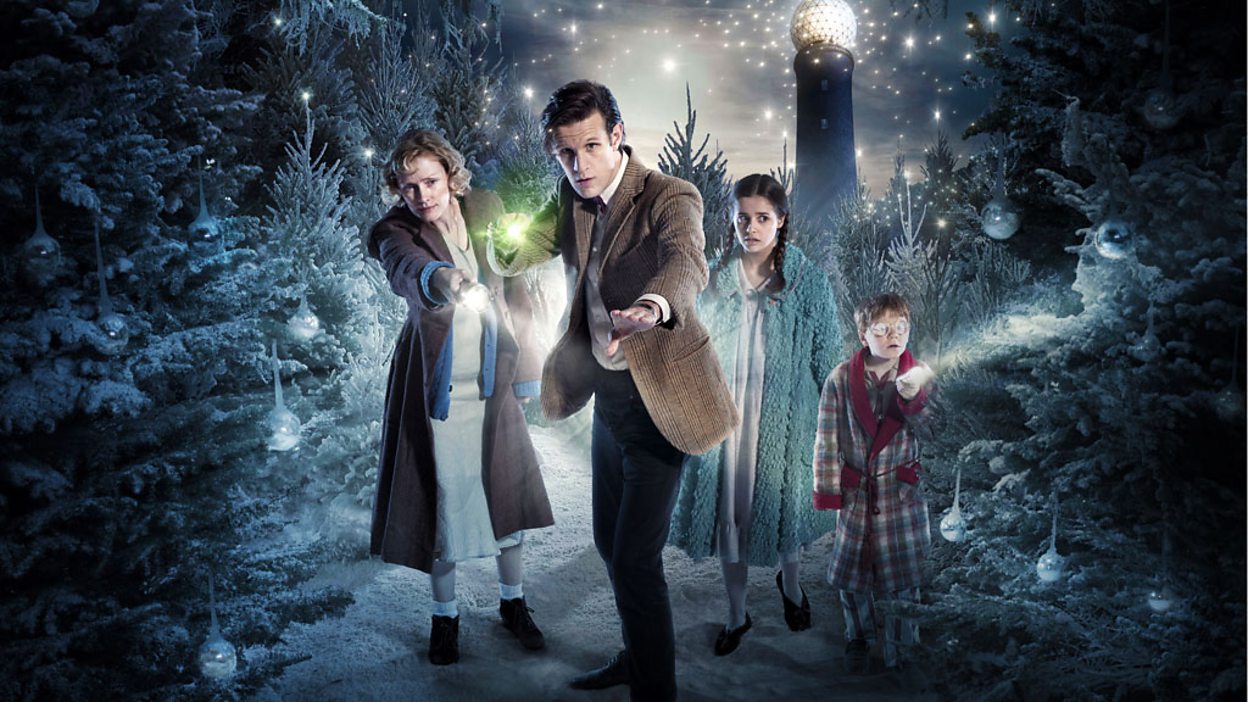
Some Doctor Who serials are maligned for their perceived cheapness or ‘cringe-worthy’ stories, but it’s hard to fault this 2011 Christmas special in any obvious way. It certainly had a tough job, having been preceded by a number of popular Doctor Who Christmas specials in the years before.
And if you’re a fan of The Chronicles of Narnia, this adventure will certainly tick all the right boxes, and there’s a nice (and surprising) reference to the 1984 story ‘The Caves of Androzani‘ for the hardcore fans.
Moreover, it’s worth taking a moment to appreciate the lovingly-realised bauble trees and the snow-covered forest. This story oozes festiveness, and is a great one to watch as you wrap your Christmas presents.
Fear Her
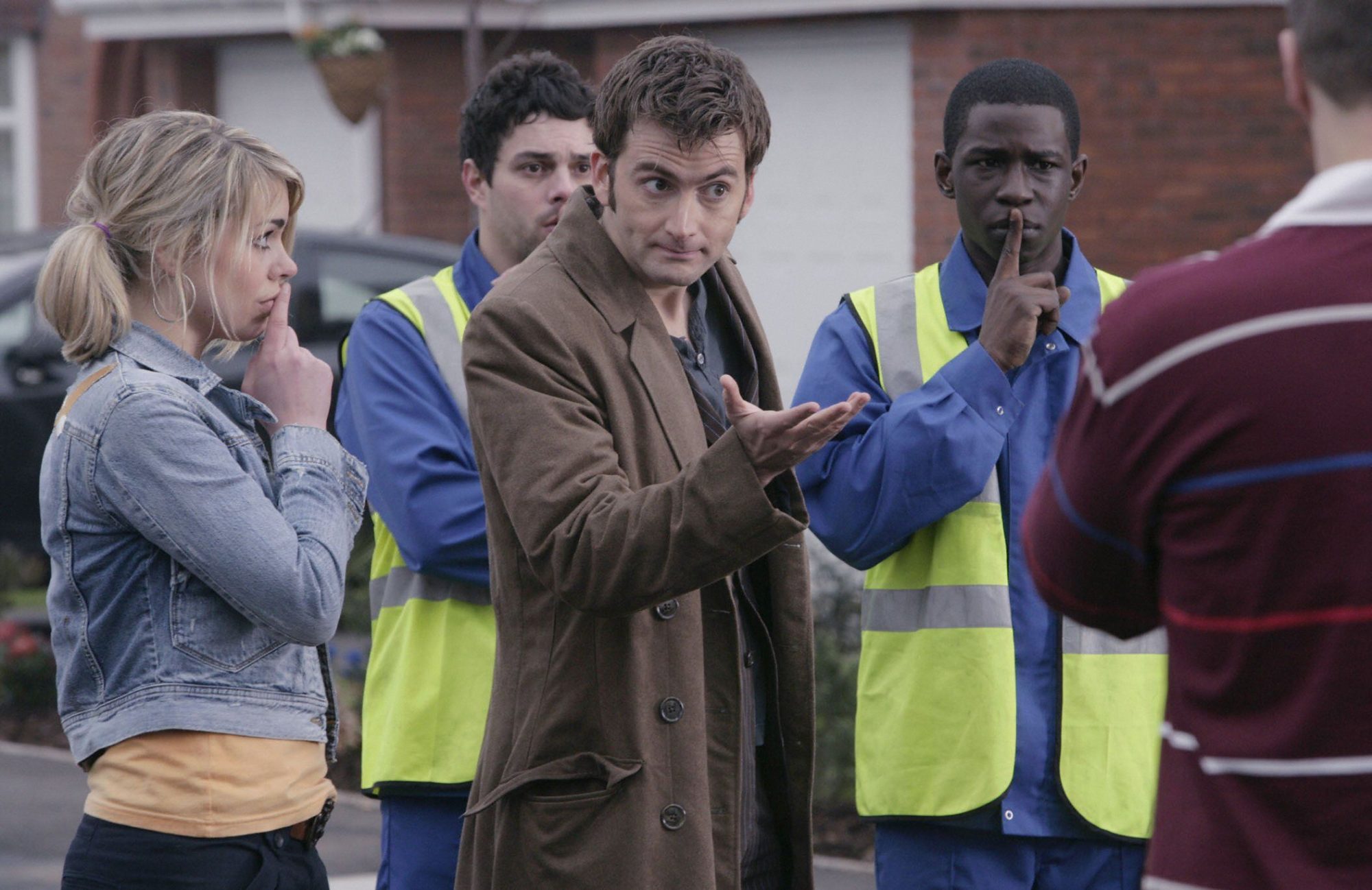
The next of our Doctor Who serials has an almost legendary status for its perceived awfulness, much in the same way as ‘The Horns of Nimon’ did in the classic era. True, ‘Fear Her’ was a last minute filler, and made on a shoe-string budget, but just because something is cheap doesn’t mean that it’s bad. (‘Midnight’ did alright, after all.)
Certainly, it was a nice idea to set this adventure against the backdrop of the 2012 Olympic games which, at the time, were a future event. And the idea of children’s drawings coming to life and ‘eating’ people is a chilling one, and quintessential Doctor Who.
So if you’ve never seen ‘Fear Her,’ now is the time to watch it and judge it for yourself. Does it really deserve its bad reputation?
The Long Game
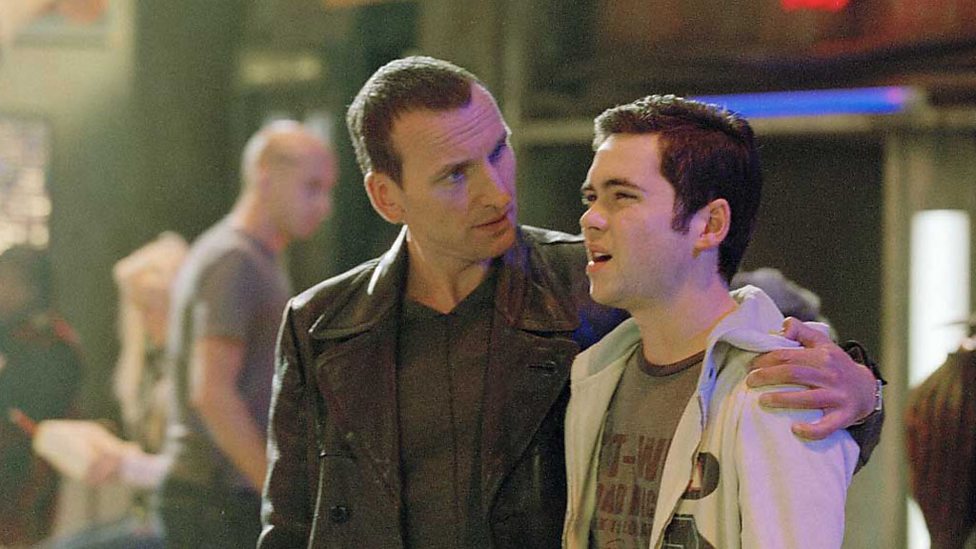
Some Doctor Who serials run into problems at a story level, and when the script of ‘The Long Game’ was published in 2006, Russell T Davies wrote a foreword in which he admitted he didn’t quite know what he wanted it to be. In hindsight, he wished he’d called it ‘Adam’ and put more of the focus on the adventure’s guest companion.
And whilst it’s fair to say that there are a number of competing plot threads in the next of our Doctor Who serials, they do all come together in a (somewhat) satisfying manner. And the actor Tamsin Greig steals the show in her guest role as a rather eccentric nurse; it’s worth watching the episode for her performance alone.
Moreover, ‘The Long Game’ is crucial to the overall plot arc of the 2005 season, and it does a good job in setting up the series’ two-part finale.
Time and the Rani

It’s almost fashionable to dislike some Doctor Who serials, and ‘Time and the Rani’ is one of those stories. But at the same time, it’s worth remembering that ‘Time and the Rani’ was broadcast at a period in the show’s history when it was fighting for its life, having narrowly avoided cancellation the year before. The producer had been ordered to fire Colin Baker, the incumbent Doctor, and his script editor had left under a cloud of smoke after a very public falling out with his boss. Everything hung in the balance.
So is ‘Time and the Rani’ the greatest Seventh Doctor adventure of all time? Probably not – but it does its best. Certainly, it’s hard not to love the scenery-eating Kate O’Mara as the villainous Rani, and her interplay with the newly-regenerated Time Lord is one of the highlights of the story.
So when you watch ‘Time and the Rani,’ spare a thought for the pressure the writers, the new script editor and the flailing production team were under; we were lucky to get this story at all.
The Twin Dilemma
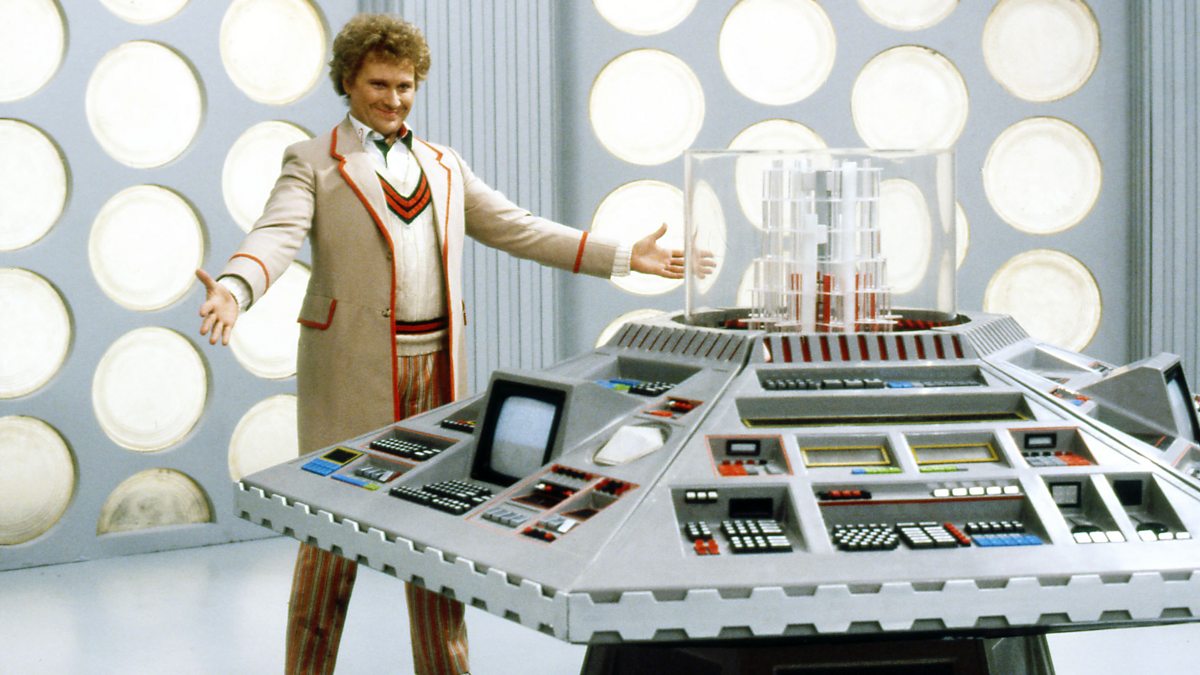
Much of the dislike for the next of our Doctor Who serials comes from the way in which the newly-regenerated Doctor was portrayed. He was violent, aggressive, arrogant and unpredictable – and he was the Doctor, whether you liked it or not.
It’s worth remembering that this was a conscious effort on the part of the production team, who had a multi-year plan to slowly ‘peel the banana’ of this particular incarnation. They wanted to start in an uncomfortable place, and gradually unfurl the layers.
Unfortunately, due to the hiatus and Colin Baker’s sacking, this grand plan was never seen through to its conclusion, making the next of our Doctor Who serials stick out like a sore thumb. And whilst it’s hard to overlook other quirky decisions like guest actor Kevin McNally’s eye-hurtingly glittery costume, it is pretty, if nothing else.
Time-Flight
Like ‘Fear Her,’ the next of our Doctor Who serials found itself in the unenviable position of having no money. And it was difficult to shy away from this fact in ‘Time-Flight,’ as it called for big budget special effects that would have been tough for the series to produce even on a good day.
But there is a lot to love in ‘Time-Flight’ and, on paper, it shows a lot of promise. If you can look past the obvious cheapness and toy models of Concorde, you will have a great ride.
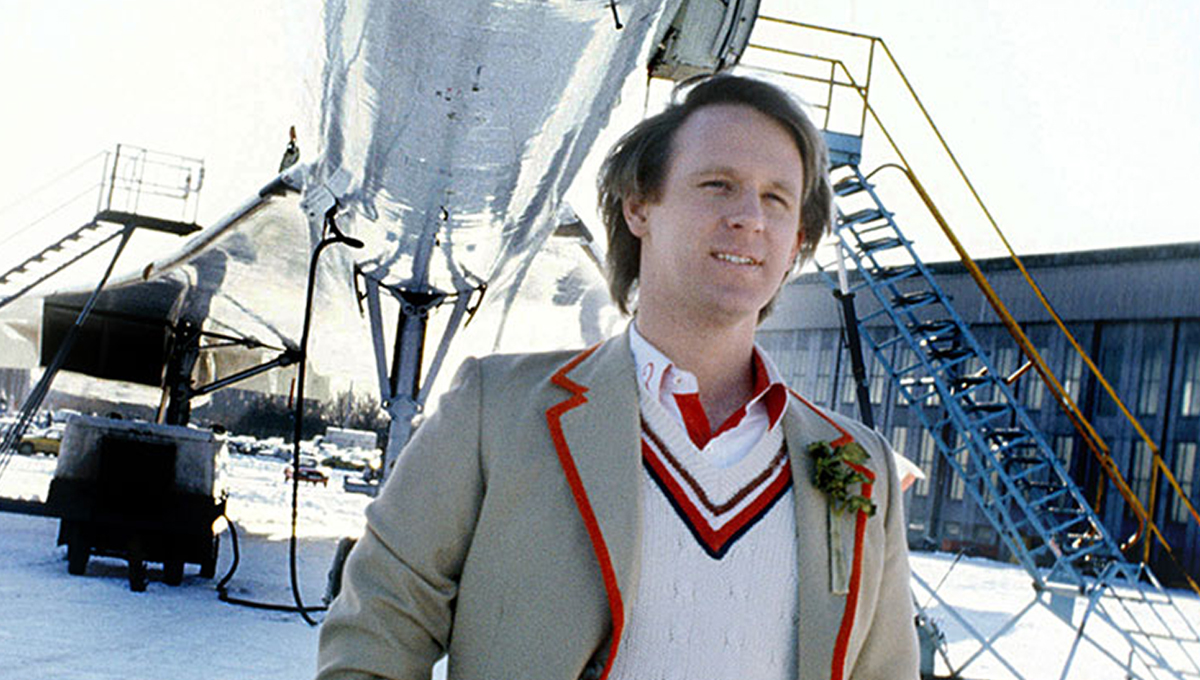
For more on why ‘Time-Flight’ isn’t as bad as people make out, take a look at this article.
Underworld
Believe it or not, the next of our Doctor Who serials was actually quite ground-breaking for its time. The producer Graham Williams had the idea of shooting virtually the entire production against green screen, cutting down on expensive location filming and set-building.

Of course, in this period of television production, the tech was still in its infancy, and as such the finished story looks a little rough around the edges. Still, few Doctor Who serials of the classic era would have won awards for their special effects, so it’s hardly fair to criticise ‘Underworld’ for looking a little on the cheap side.
As for the story – well, that’s a matter of opinion. Like many Doctor Who serials by Bob Baker and Dave Martin, this one was inspired by Greek mythology. In this case, the story is based loosely on the hero Jason and his hunt for the golden fleece.
The Time Monster
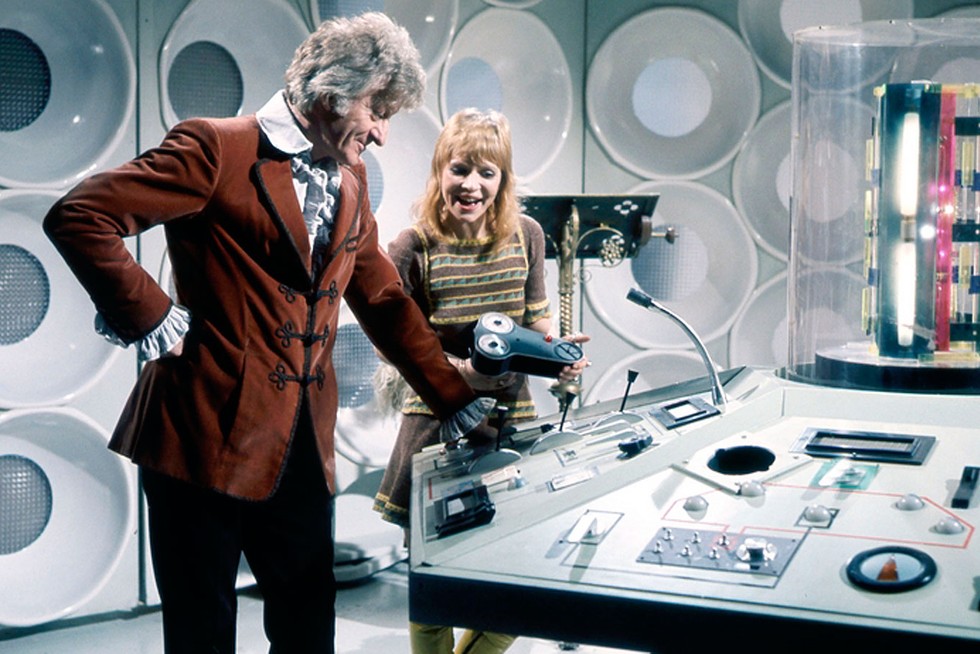
The Doctor finally gets to return to Atlantis in ‘The Time Monster,’ although it’s very different from the one he previously encountered in ‘The Underwater Menace.’
Overall, there are a number of interesting ingredients in ‘The Time Monster,’ including the eponymous monster Kronos and the villainous Professor Thascales, who may or may not be the Master (he is.) This isn’t the most fast-paced of our Doctor Who serials, however, so you might enjoy it more if you watch it one episode at a time, maybe over the course of a week.
One of the true highlights, though, is the debut of a brand new TARDIS set, seen only in this adventure. The production team weren’t fans, and it was never seen again after this story, but see what you think. It’s shiny, if nothing else.
The Space Pirates
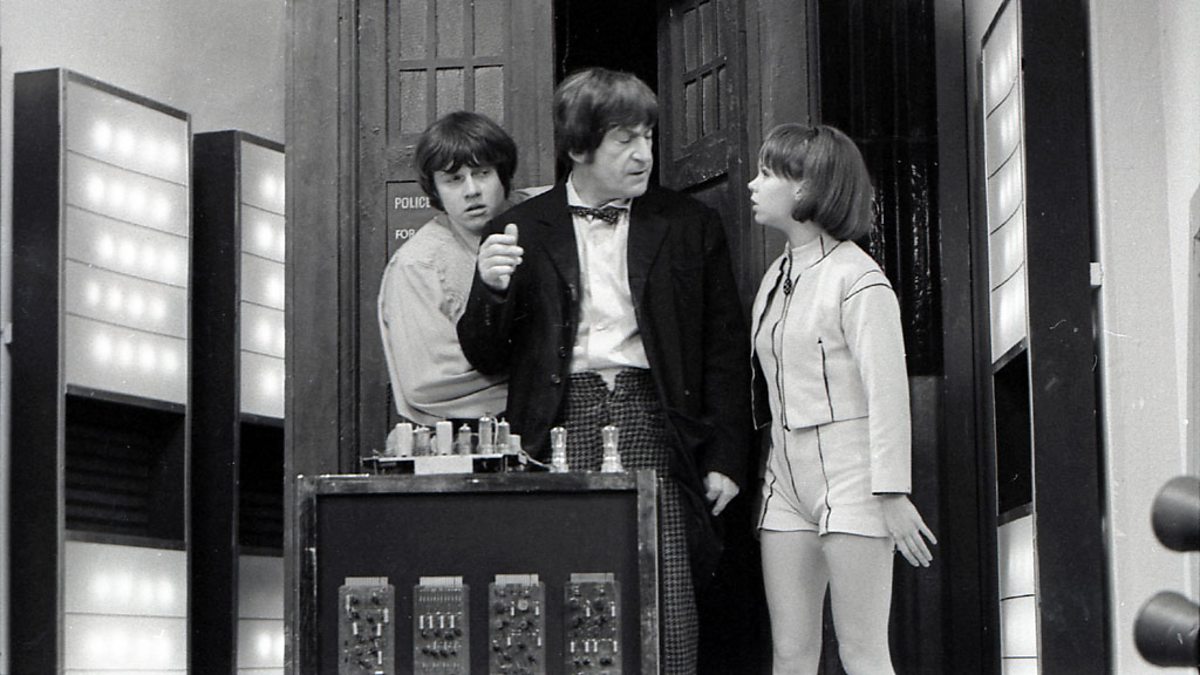
This is the Second Doctor’s penultimate story, and was something of a last minute replacement for a rather unusual adventure titled ‘The Prison in Space.’ Interestingly, it’s written by one of Doctor Who‘s most popular and accomplished writers, Robert Holmes, although this was one of his earliest contributions to the series.
Alas, ‘The Space Pirates’ is at something of a disadvantage in that five of its six episodes are currently missing from the BBC archive, so it’s impossible to watch, unless you’re secretly hoarding a copy in your basement. And due to its low popularity among the fans, it’s unlikely to be animated anytime soon. But you can listen to the soundtrack if the mood takes you.
It’s certainly a novel story, and more of a ‘space opera’ than the other Doctor Who serials on this list. The Doctor and his companions are also conspicuously absent for large chunks of it, and only appear in a handful of scenes in episode two – and even then, they’re confined to a single room on a broken spaceship.
But is ‘The Space Pirates’ really as dull as people make out? You’ll have to decide for yourself…
The Web Planet
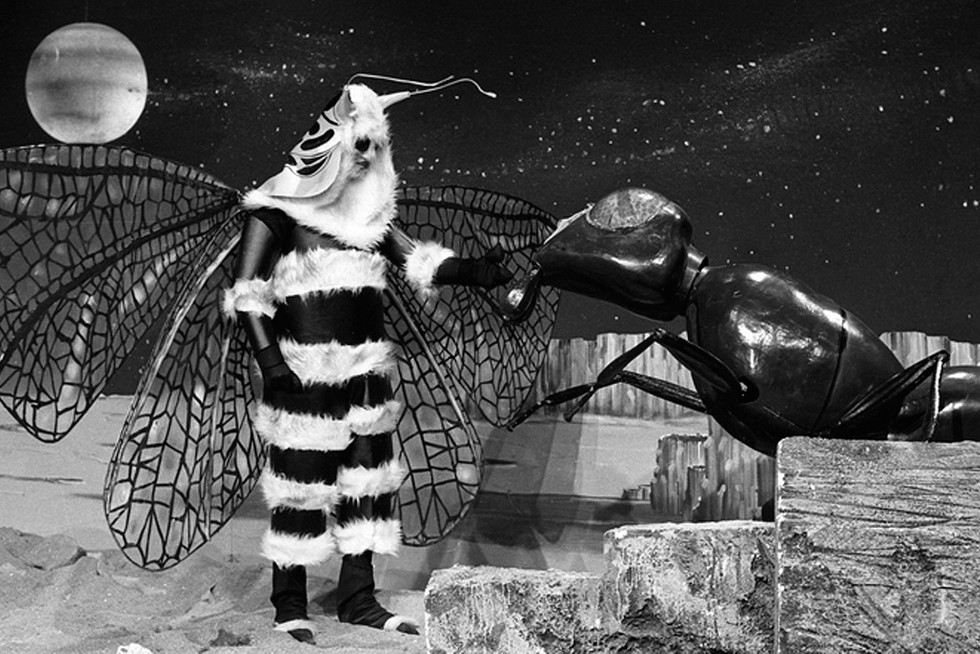
Finally, we come to the last of our Doctor Who serials – ‘The Web Planet.’ This adventure was broadcast when the series was at the peak of its popularity in the 1960s, and its slow pace did nothing to deter the 12-13 million viewers who tuned in each week.
Certainly, ‘The Web Planet’ is impressive to look at (for its time, anyway.) And it will be forever remembered for its giant ants and butterflies, and the beautiful ‘shimmering’ surface of Vortis, which was realised by rubbing Vaseline over the camera lens.
And whilst this is one of the sad occasions in which William Hartnell really struggled to recall his lines, it’s clear that he’s having a great time in the role, and the Doctor is at his eccentric, doddering best throughout ‘The Web Planet.’
But as with ‘The Time Monster,’ you may enjoy ‘The Web Planet’ if you spread it over the course of a few nights.
So there we are. Tell us, reader – how many of these ‘unloved’ Doctor Who serials have you watched? And which is your favourite? Let us know in the comments below.









Web Planet first I ever watched apart from first episode. I was six at the time.